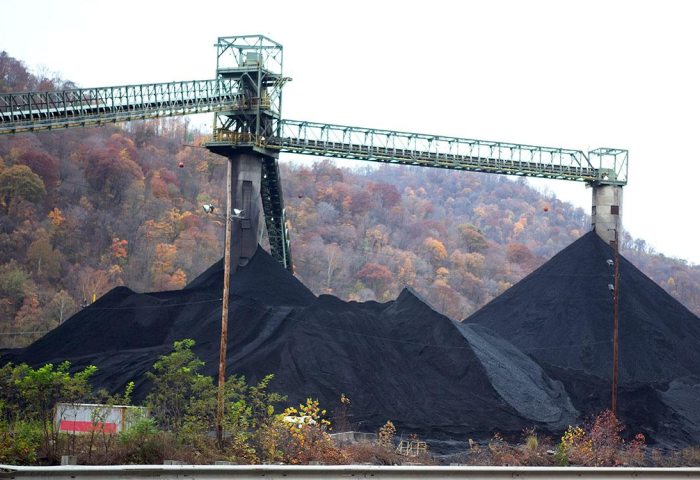
The last two coal articles covered why coal ash cleanup costs should be paid by Duke Energy shareholders rather than the public and how Duke Energy’s uneconomic coal plants are a continuing burden for North Carolina ratepayers. This third article will discuss a financing method called ratepayer-backed bond securitization that provides a way to pay for closing Duke Energy’s uneconomic coal units without burdening ratepayers. Securitization allows Duke Energy to transition to cleaner energy and provides a financial way for coal communities impacted by closures to transition their economies. The Sierra Club supports authorizing securitization to pay for retiring coal plants as twenty-four other states have done, even though not all of them are using it for these specified purposes.
As a reminder, the Sierra Club’s expert witness from Synapse Economics testified during a recent rate case hearing before the Utilities Commission that if North Carolina’s uneconomic coal plants remain in operation until 2029, ratepayers will continue to pay billions of dollars for their operation unless the state figures out an alternate way forward. The conundrum is how to move forward with clean energy investments now without making current ratepayers pay for coal assets that are no longer benefiting them. Because Duke Energy is expected to recover its investments over the full life of its assets, any early coal retirements may leave undepreciated capital and this is called a “stranded asset.”
With securitization, ratepayers essentially buy out Duke Energy’s debt on its non-economic coal plants. Securitization cuts out utility’s traditional financing role as the middleman between ratepayers and investors. In the ratepayer-backed securitization scenario, Duke Energy would be authorized to issue a bond on behalf of ratepayers, and the bond would be used to cover stranded asset losses. In turn, the customers would pay the bondholders through a bill surcharge, but at a lower overall cost than paying the utility directly. Effectively, the ratepayers buy out the utility’s debt on a non-economic asset and the extra savings from securitization can help provide a just transition for communities most affected by coal plants. For more details on securitization, the Sierra Club authored a 2018 report entitled “Harnessing Financial Tools to Transform the Electric Sector.”
While this sounds complicated, it is essentially like refinancing a home. Duke Energy could swap its existing debt with ratepayer-backed bonds, enabling it to retire coal plants sooner and save everyone money. For a securitization to yield the lowest-possible cost of debt, the N.C. General Assembly must pass legislation to create a “securitization company,” issue the bonds, and repay the bonds from ratepayer charges. The entire process is much less costly and leaves ratepayers better off. The 2019 legislature authorized securitization for storm recovery costs; that authorization should be broadened to include coal plant closures.
North Carolina may be at a standstill on closing coal plant retirements if we debate whether or not shareholders should be held liable for regulator-approved investments. A better path forward is to do what twenty-four other states have done and pass legislation permitting securitization of utility assets. Current ratepayers should not be saddled with rate spikes for coal retirements. The financial sector - through securitization - offers an opportunity to ease the transition, so why not take it?
